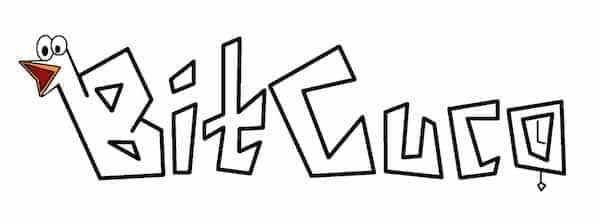
Contents
- 1 Introduction
- 2 What is Resource Tracking?
- 3 Why is Resource Tracking Important?
- 4 Best Practices for Resource Tracking
- 5 Define your resources
- 6 Set clear goals
- 7 Choose the right tools
- 8 Monitor your resources regularly
- 9 Analyze your data
- 10 Make changes
- 11 Continuously improve
- 12 Resource Tracking in Action: Case Study
- 13 Conclusion
Introduction
As a business owner or manager, it’s essential to track and optimize your resources to maximize efficiency and minimize waste. Resource tracking is the process of monitoring your resources, including personnel, equipment, and finances, to ensure they’re used efficiently and effectively. In this article, we’ll explore resource tracking in-depth and discuss the best practices to help you get the most out of your resources.
What is Resource Tracking?
Resource tracking is a method of monitoring and optimizing your resources to ensure maximum efficiency and effectiveness. Resources include anything that’s used to produce goods or services, including personnel, equipment, materials, and finances. By tracking your resources, you can identify areas where you’re wasting resources and make changes to increase productivity, reduce costs, and improve your bottom line.
Why is Resource Tracking Important?
Resource tracking is essential for several reasons. First, it helps you identify inefficiencies and waste, which can cost your business money. By tracking your resources, you can identify where you’re over- or underutilizing resources and make changes to optimize them.
Second, resource tracking allows you to plan for the future. By knowing how much you’re spending on resources, you can make informed decisions about hiring, equipment purchases, and other investments.
Finally, resource tracking can help you improve your overall business operations. By monitoring your resources, you can identify areas where you need to improve processes, train staff, or make other changes to increase efficiency and productivity.
Best Practices for Resource Tracking
To get the most out of resource tracking, there are several best practices you should follow. These include:
Define your resources
The first step in resource tracking is defining what resources you want to monitor. This will depend on your business’s industry, size, and goals. Common resources to track include personnel, equipment, materials, finances, and time.
Set clear goals
Once you’ve defined your resources, you need to set clear goals for your resource tracking. What do you want to achieve by monitoring your resources? Are you looking to reduce costs, increase productivity, or improve quality? Your goals will dictate how you monitor and track your resources.
Choose the right tools
To effectively track your resources, you’ll need the right tools. This may include software, spreadsheets, or other tracking tools. Consider your budget, goals, and resources when choosing your tools.
Monitor your resources regularly
Resource tracking is an ongoing process. You need to monitor your resources regularly to identify inefficiencies, waste, and opportunities for improvement. Depending on your goals and resources, you may need to monitor your resources daily, weekly, or monthly.
Analyze your data
Once you’ve collected data on your resources, you need to analyze it to identify patterns and trends. This will help you make informed decisions about how to optimize your resources.
Make changes
Based on your analysis, you need to make changes to optimize your resources. This may include reallocating resources, changing processes, or investing in new equipment or personnel.
Continuously improve
Resource tracking is not a one-time event. You need to continuously monitor and optimize your resources to stay competitive and maximize efficiency.
Resource Tracking in Action: Case Study
Let’s look at an example of resource tracking in action. Imagine you run a manufacturing plant that produces widgets. Your resources include personnel, equipment, materials, and finances.
You set a goal of reducing your costs by 10% by the end of the year. To achieve this goal, you decide to track your personnel and equipment.
You use software to monitor how much time each employee spends on widget production and how much time is spent on non-widget production activities. You also monitor equipment utilization rates to identify which machines are being over or underutilized.
After analyzing your data, you find that some employees are spending more time on non-widget production activities than necessary, while some equipment is not being used to its full capacity. You make changes to your processes, reallocating resources to increase widget production and reduce waste.
As a result, you’re able to reduce your costs by 12% by the end of the year, exceeding your goal. You continue to monitor your resources and make improvements, resulting in even greater efficiency and cost savings over time.
Conclusion
Resource tracking is an essential part of running a successful business. By monitoring and optimizing your resources, you can increase efficiency, reduce waste, and improve your bottom line. By following best practices such as defining your resources, setting clear goals, choosing the right tools, monitoring regularly, analyzing data, making changes, and continuously improving, you can get the most out of your resources and stay competitive in today’s business environment.
